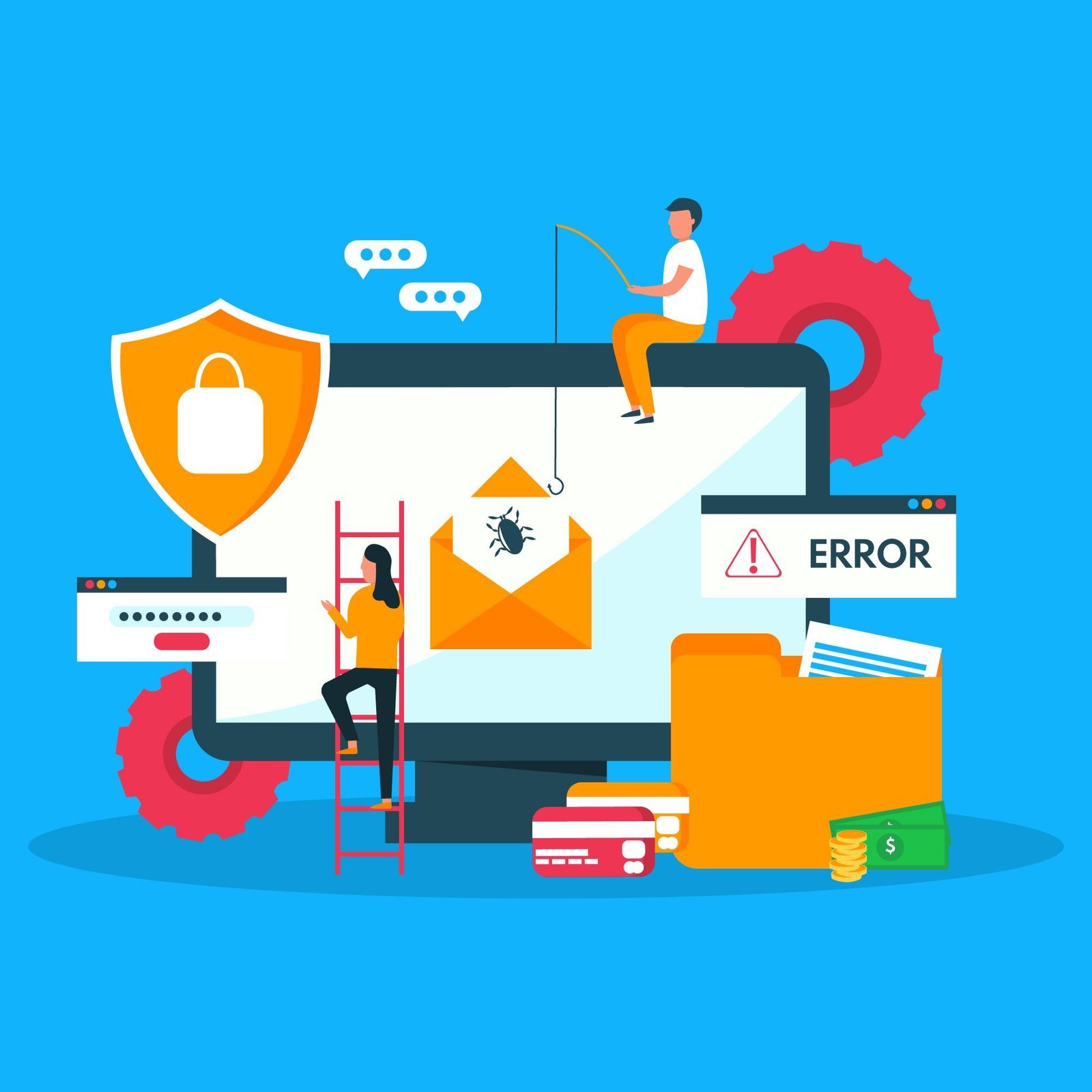In the dynamic landscape of e-commerce, security stands as a cornerstone of trust between businesses and consumers. With cyber threats evolving rapidly, safeguarding your e-commerce site is not just crucial for protecting sensitive data but also for maintaining your brand reputation and complying with regulations. This article explores essential tips and tools to help you fortify your e-commerce site against potential vulnerabilities.
Understanding the Threat Landscape
Before delving into specific security measures, it’s vital to understand the threats e-commerce sites face. Common risks include:
- Data Breaches: Unauthorized access to customer information such as payment details and personal data.
- Payment Fraud: Malicious attempts to make purchases using stolen credit card information.
- Phishing Attacks: Deceptive tactics to trick users into divulging sensitive information.
- DDoS Attacks: Overwhelming your site with traffic to disrupt service availability.
Essential Security Tips for E-commerce Sites
Implementing robust security measures can mitigate these risks and enhance your site’s resilience. Here are actionable tips:
- Choose a Secure E-commerce Platform: Opt for platforms with built-in security features and frequent updates. Popular choices like Shopify, WooCommerce, and Magento offer comprehensive security options.
- Secure Socket Layer (SSL) Certificate: Encrypt data transmitted between your website and users to prevent interception by unauthorized parties. Ensure your SSL certificate is up to date and properly configured.
- Use Strong Authentication Methods: Implement multi-factor authentication (MFA) for admin access and user logins. This adds an extra layer of security beyond passwords.
- Regular Security Audits: Conduct periodic audits of your e-commerce site to identify vulnerabilities and address them promptly. This includes reviewing code, configurations, and third-party integrations.
- Data Encryption: Encrypt sensitive data at rest (stored on servers) and in transit (being transmitted) to prevent unauthorized access even if data is intercepted.
- Update Software Regularly: Keep your e-commerce platform, plugins, and server software up to date with the latest security patches and fixes.
- Secure Payment Gateway: Use reputable and PCI DSS-compliant payment gateways to process transactions securely. Avoid storing payment information unless absolutely necessary.
- Monitor for Suspicious Activity: Implement logging and monitoring tools to track user activity, detect anomalies, and respond to potential threats in real time.
- Educate Your Team: Train your staff on security best practices, including how to recognize phishing attempts and other social engineering tactics.
- Backup Regularly: Maintain secure backups of your website and database offsite to recover quickly in case of a data breach or other incidents.
Essential Security Tools for E-commerce Sites
Utilizing specialized security tools can significantly enhance your site’s protection:
- Web Application Firewall (WAF): Filters and monitors HTTP traffic between a web application and the internet, providing protection against common vulnerabilities.
- Malware Scanning and Removal Tools: Regularly scan your website for malware and malicious code to ensure it hasn’t been compromised.
- Intrusion Detection Systems (IDS) and Intrusion Prevention Systems (IPS)**: Monitor network traffic for suspicious activity and take proactive measures to prevent attacks.
- Security Plugins: Depending on your platform, deploy security plugins that offer features such as login attempt limiting, IP blocking, and file integrity checks.
- Vulnerability Assessment Tools: Conduct automated scans to identify security weaknesses in your website and server configurations.
- Encryption Tools: Tools for encrypting data both in transit and at rest, ensuring sensitive information remains secure.
- Backup and Recovery Tools: Solutions that automate the backup process and facilitate quick recovery in case of data loss or ransomware attacks.
Conclusion
Securing your e-commerce site is an ongoing commitment that requires proactive measures and the right tools. By following these tips and leveraging appropriate security tools, you can mitigate risks, protect customer data, and ensure your e-commerce business thrives in a secure environment. Remember, investing in security not only safeguards your business but also strengthens customer trust and loyalty in the long term. Stay vigilant, stay secure!
In conclusion, prioritizing security in your e-commerce operations is not just a prudent measure but a fundamental necessity in today’s digital landscape. By implementing these tips and utilizing advanced security tools, you can significantly reduce vulnerabilities and build a resilient e-commerce platform that customers can trust with their sensitive information.













